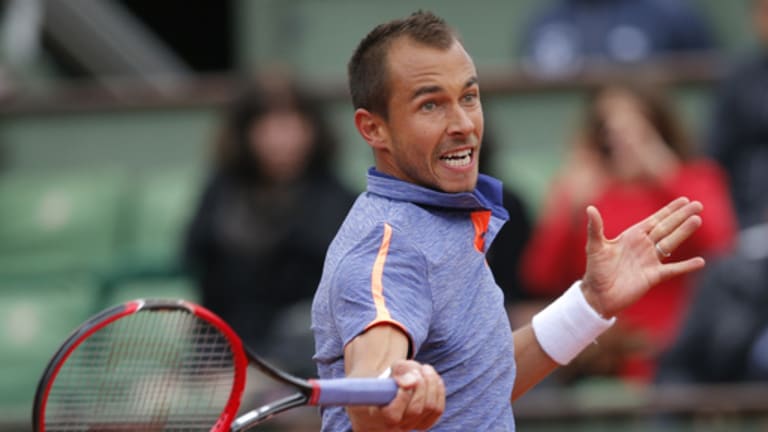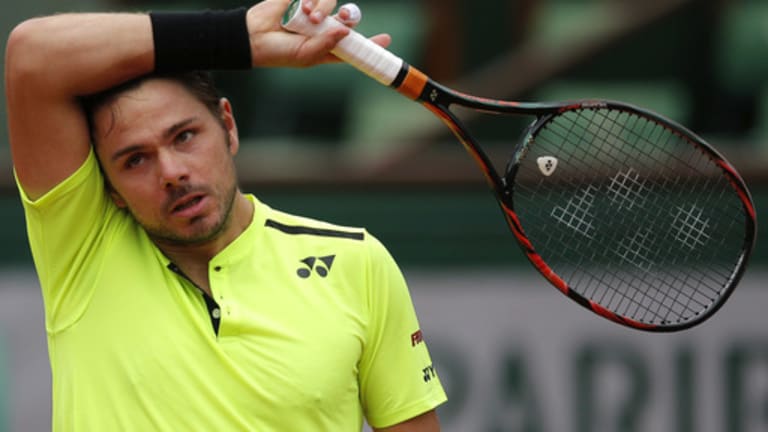It was a match that, in another lifetime, Stan Wawrinka would have appeared destined to lose.
Fifty weeks after playing the best tennis of his life to beat Novak Djokovic in the 2015 Roland Garros final, Wawrinka was back inside Court Philippe Chatrier and set to begin his title defense in Monday's opening encounter. But what should have been a festive atmosphere, and a moment for Stan to savor, had been rendered bleak and gloomy by the conditions in Paris.
Rain had postponed play for nearly two hours, and the sky was still overcast as Wawrinka and his first-round opponent, Lukas Rosol, finally took the court. Conditions were heavy, and there was little energy and few spectators in Chatrier, an arena that has a well-earned reputation for raucousness. There were also whispers about how Wawrinka, after winning the title in Geneva, had only arrived in Paris the previous afternoon—would he be ready in time? It was one of those days when only bad things seemed possible for the world No. 4.
The presence of Rosol added to the sense of danger. The Czech has had two claims to enduring fame in his career. In 2012, he played lights-out tennis to upset Rafael Nadal in the second round at Wimbledon. Two years after that high, Rosol reached a nadir of sorts when he was informed on court in Munich by Andy Murray that, “no one likes you on the tour.”


